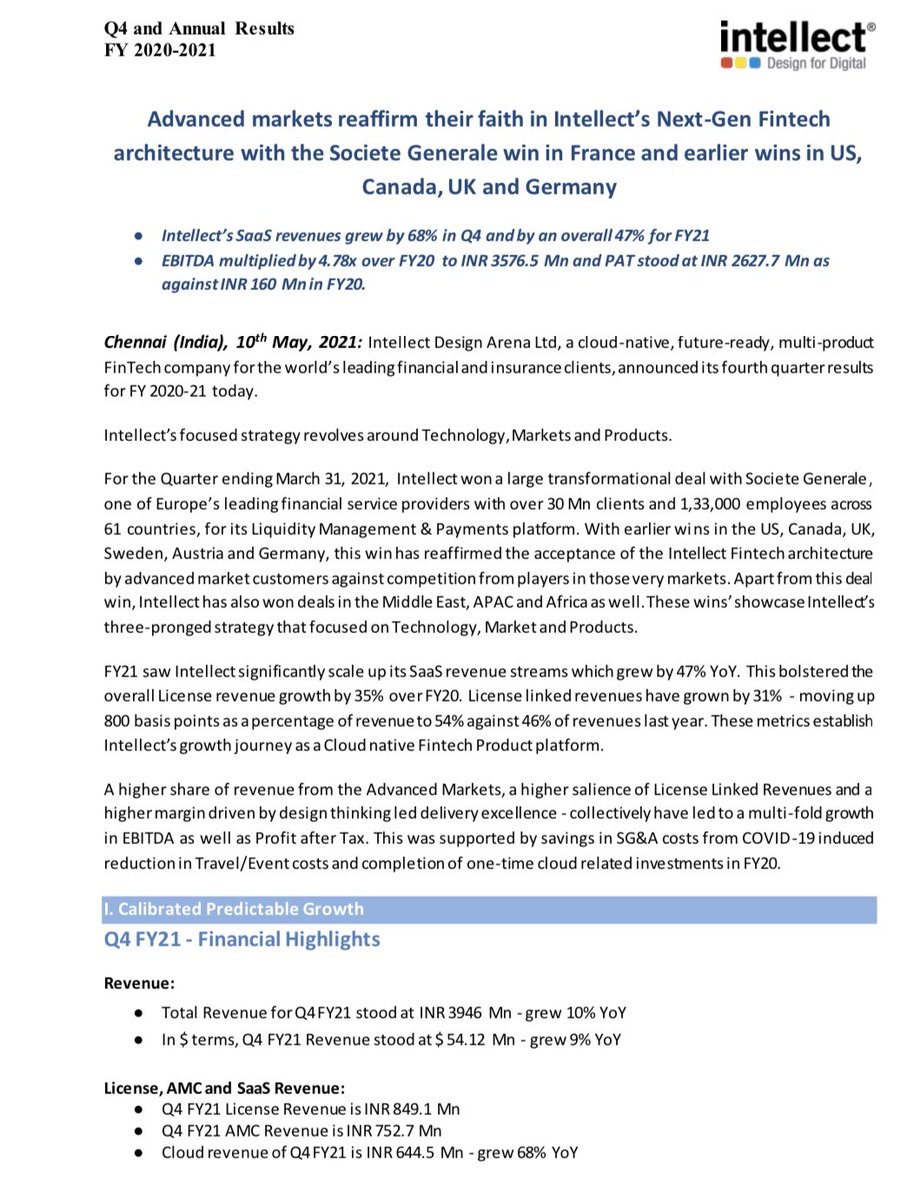
Marine picophytoplankton (here defined as autotrophic cells 5 μm) community composition were collected and counted microscopically (Nikon TMS, Tokyo, Japan) after preservation with acidic Lugol’s solution (1% final concentration) following Utermöhl (1958). We conclude that picophytoplankton contribute significantly to the carbon cycle in the coastal Baltic Sea and underscore the importance of investigating populations to assess the consequences of the combination of high temperature and NH 4 in a future climate. The three groups had distinct seasonal dynamics and different temperature ranges: 10☌ and 17–19☌ for PE-rich, 13–16☌ for PC-rich and 11–15☌ for PPE. PE-rich and PC-rich growth was mainly limited by nitrogen, with a preference for NH 4 at >15☌. To assess nutrient limitation, bioassays with combinations of nitrogen (NO 3 or NH 4) and phosphorus additions were performed. PPE was the main contributor to the total phytoplankton biomass (up to 73%). PE-rich and PC-rich abundances peaked during summer (1.1 × 10 5 and 2.0 × 10 5 cells mL –1) while PPE reached highest abundances in spring (1.1 × 10 5 cells mL –1). Among the cyanoprokaryotes, phycoerythrin-rich picocyanobacteria (PE-rich) dominated in spring and summer while phycocyanin-rich picocyanobacteria (PC-rich) dominated during autumn. We monitored pico- and larger phytoplankton at a coastal site in Kalmar Sound (K-Station) weekly during 2018. Picophytoplankton are thought to be a key component of the phytoplankton community, but their seasonal dynamics and relationships with nutrients and temperature are largely unknown.


Picophytoplankton in the Baltic Sea includes the simplest unicellular cyanoprokaryotes ( Synechococcus/ Cyanobium) and photosynthetic picoeukaryotes (PPE). 2School of Business, Innovation and Sustainability, Halmstad University, Halmstad, Sweden.

1Marine Phytoplankton Ecology and Applications Laboratory (MPEA), Department of Biology and Environmental Science, Centre for Ecology and Evolution in Microbial Model Systems (EEMiS), Linnaeus University, Kalmar, Sweden.Javier Alegria Zufia 1, Hanna Farnelid 1 and Catherine Legrand 1,2*


 0 kommentar(er)
0 kommentar(er)
